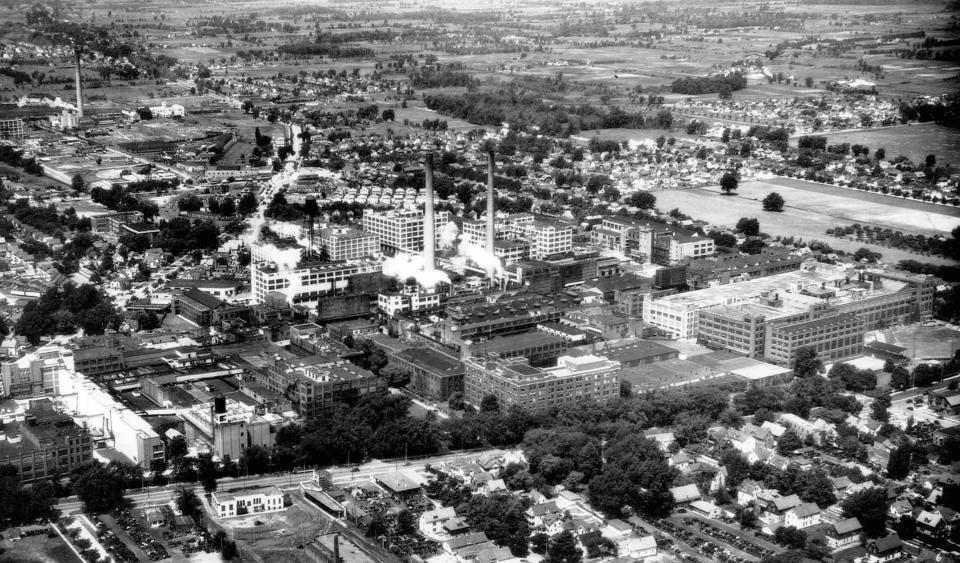How did Kodak's downfall impact you? Tell us.
As you drive through downtown Rochester, it's hard to miss the Kodak tower looming over the city it once dominated.
By the end of the 1970s, the tech giant employed more than 50,000 people in Rochester, fueling America's photography craze and supplying Hollywood with the film needed for the blockbuster movies we've come to love.
But that changed as the world shifted to digital photography. Though Kodak's fortunes have ebbed and flowed since then, it's never returned to its behemoth past.
≫ We want to hear from you: How did the switch from film change Kodak? Rochester? Change our own lives?

Kodak and Rochester are intertwined
As the company's fortunes spiraled downwards, the city it called home fell with it.
The jobs created a direct and indirect economy for Rochester as Kodak's famed end-of-year bonuses flooded into car dealerships, appliance showrooms, and mom-and-pop businesses that thrived off the city's booming money machine.
By the early 1990s, consumers began to prefer digital photography over film, and Kodak failed to adjust to the times. The company filed for bankruptcy in 2012 and employed only 5,000 people in Rochester at that time.
From The Atlantic:The Rise and Fall of an American Tech Giant
The D&C looks back:Revisiting Rochester's past provides pathway to a better future
≫ Your insight will help guide our reporting. We have some ideas, but we're open to feedback on where to take our storytelling.
Contact Robert Bell at: rlbell@gannett.com. Follow him on Twitter: @byrobbell & Instagram: @byrobbell. This coverage is only possible with support from our readers.
This article originally appeared on Rochester Democrat and Chronicle: Kodak downfall has changed Rochester. Tell us how.

